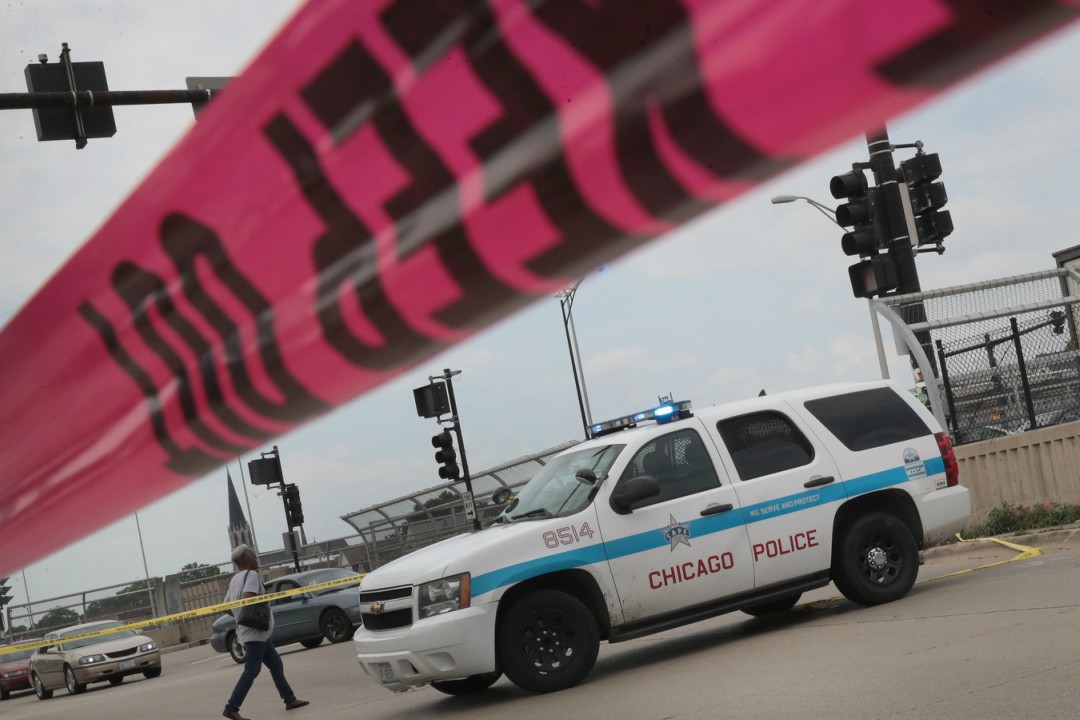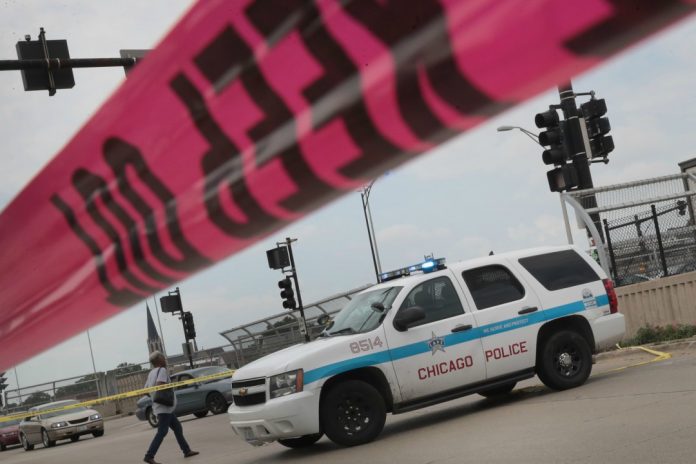[ad_1]
The murders of dozens of women—many of whom were strangled or asphyxiated—have gone unsolved since 2001 in Chicago. And many of their bodies were discovered in vacant lots, abandoned buildings and alleys, according to CBS 2 investigative reporter Pam Zekman.
READ MORE: Florida racist, videotaped terrorizing Black teens on MLK Day, charged with hate crime
“It’s horrible, it’s horrible,” said Audry Blinstrup, sister of murder victim Gwendolyn Williams. “It could be anybody’s family … not just my sister.”
“She kept us away from the streets and she kept the streets away from us,” said Blinstrup. “She was our protector.”
In 2002, Williams’ body was found half dressed and covered in blood, and along semen from recent sexual activity was discovered along with foreign skin cells under her nails, the report says.
“She was fighting for her life,” said Sharon Pritchett, Williams’ other sister. “Whatever was going with her, she was not going to go down without a fight.”
READ MORE: Khloe Kardashian dumps Tristan Thompson after new cheating scandal
Some were raped, others were beaten: Dozens of cases of women who were all strangled or asphyxiated remain unsolved. CBS 2 Investigator @PamZekmanCBS2 reports that questions are being raised about whether a serial killer may be on the loose in Chicago. https://t.co/krOAMAM2Db
— CBS Chicago (@cbschicago) February 19, 2019
CBS investigative reporters hit up The Murder Accountability Project to help make sense of the more than 50 unsolved murder cases since 2001. The group uses a computer algorithm to find patterns in the deaths of unsolved victim cases. Victims include Black and white women, who were a range of ages.
“It’s essentially a serial killer detector, and for many years our algorithm has been signaling red alert about a series of strangulations in Chicago,” Murder Accountability Project Director Thomas Hargrove told CBS.
“There’s a pattern to who’s doing the dying. Disproportionately, these women have a history of sex work and a history of illegal drugs, a classic pattern in serial killers.”
Hargrove says “It’s highly unlikely these 50 women were murdered by 50 separate men.” He added: “We absolutely believe that the recent killings are part of a continuing pattern.”
A pattern that was once disrupted for several years when the suspected killer was in prison, Hargrove says.
“We think its extremely likely that there are a common killer or killers in the Chicago.”
[ad_2]
Source link


